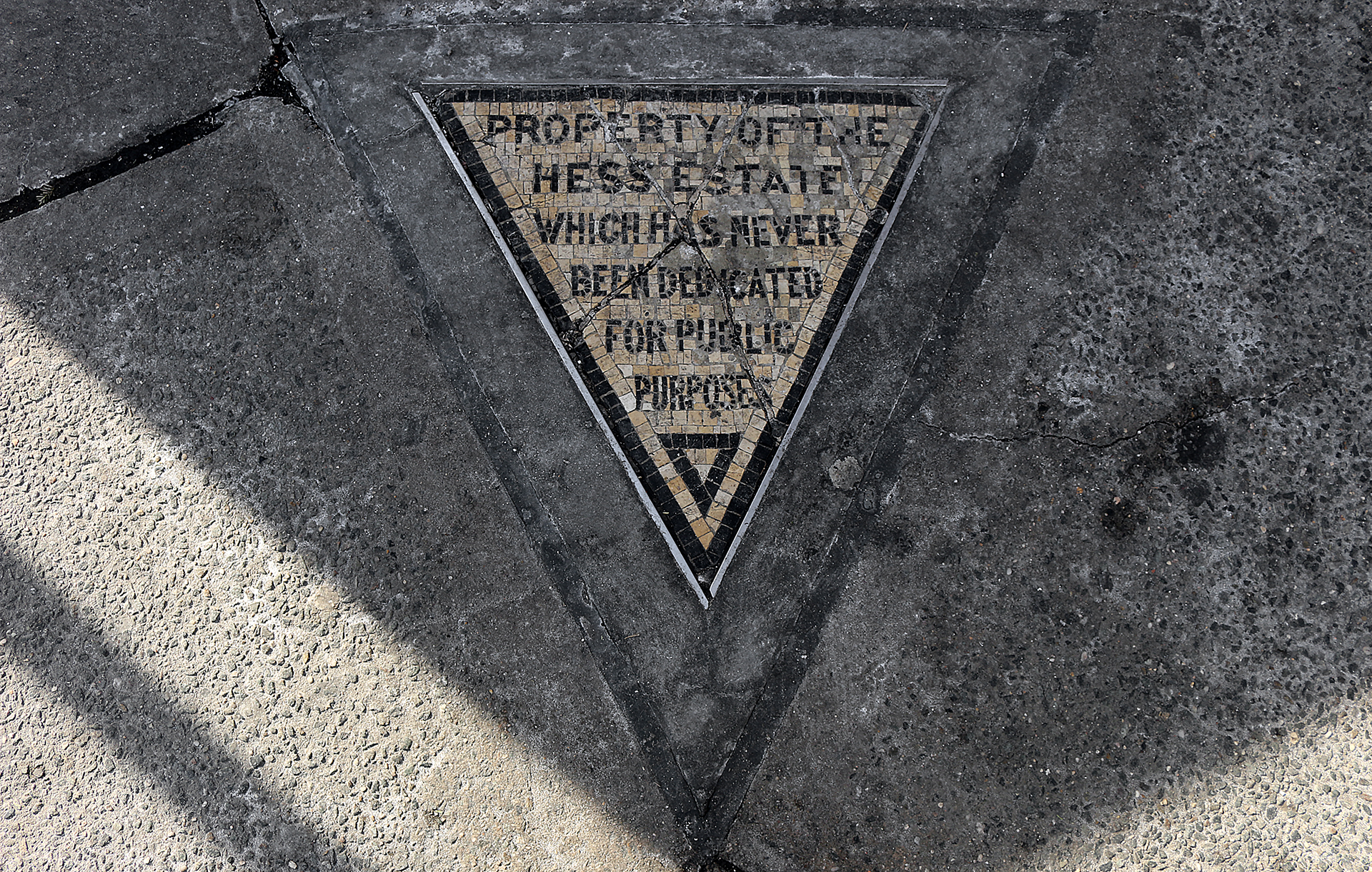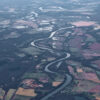Many people walk past — or even on — the Hess Triangle every single day. Many of them likely do not know its history. In fact, they probably do not even know that this tiny triangle of land — which was once the smallest piece of private property within the city of New York — exists.
The Bizarre History of Hess Triangle: Once The Smallest Piece of Private Property in New York
The Hess Triangle is defiantly located at the southwest corner of Seventh Avenue South and Christopher Street in the quirky Greenwich Village neighborhood of the city — defiantly precisely because of its history.
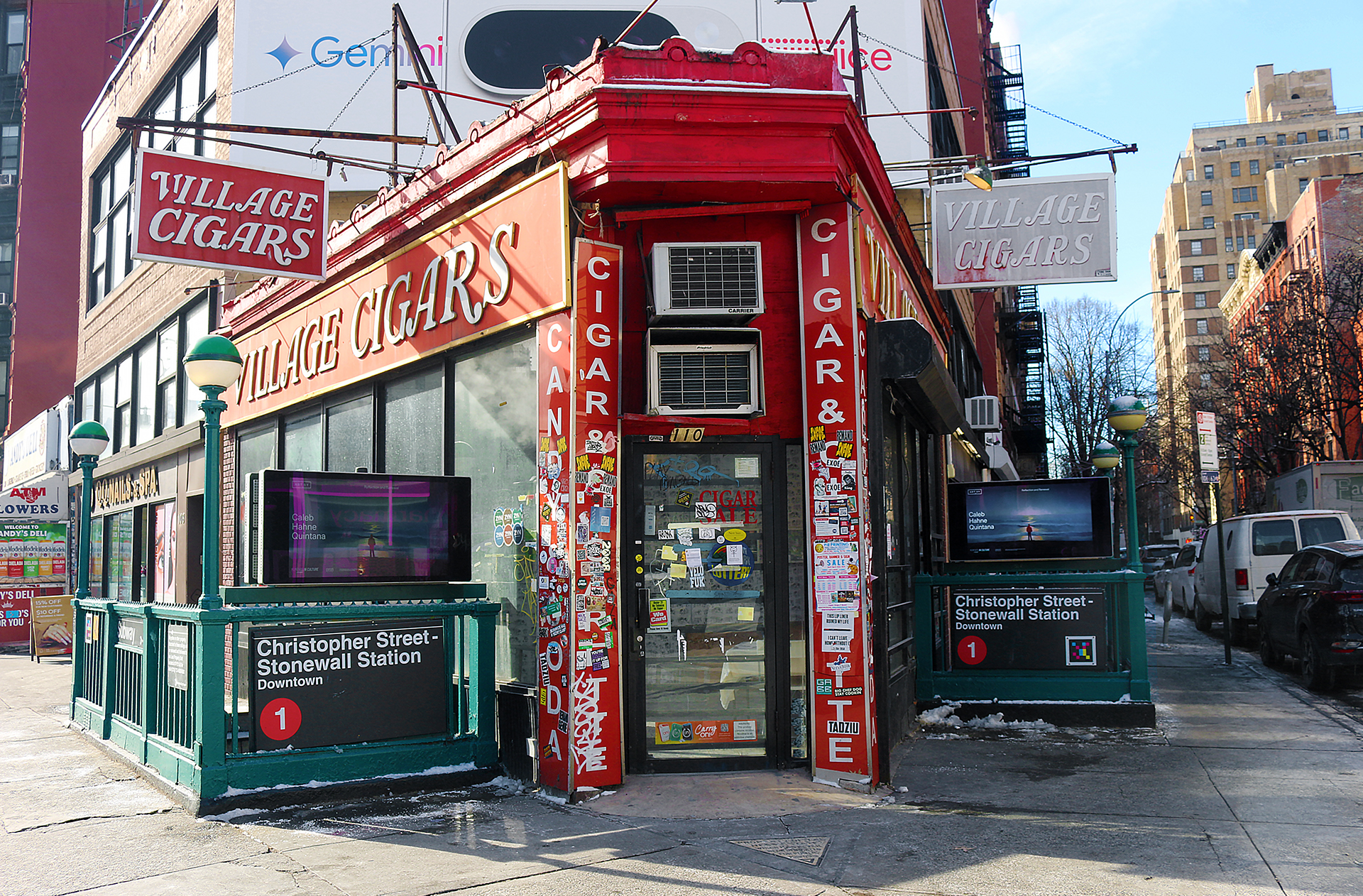
At least 253 buildings along Seventh Avenue in the West Village neighborhood of New York — which was also known as Old Greenwich — were condemned in 1910 under eminent domain and were slated to be demolished to widen the avenue in order to build the Seventh Avenue subway line, which today comprises of three subway lines: 1, 2, and 3. Only trains on the 1 line stop at the Christopher Street Stonewall Station, as the station only serves local trains.
“Property owners and residents within the line of Seventh Avenue extension from Greenwich Avenue to Varick Street are preparing for the demolition of the buildings within the condemned area”, according to an article in the Society section of The New York Times on Sunday, October 5, 1913, whose foreboding headline was LANDMARKS DOOMED FOR NEW AVENUE; Eleven Blocks to be Cut Through to Connect Seventh Avenue with Varick Street. The structures that were located along a stretch of eleven blocks on Seventh Avenue were to be “ruthlessly cut through, destroying many curious old residences and businesses.”
The Voorhis was one of those buildings that was condemned to be razed. Its owner fought hard to keep his apartment building of five stories located at 110 Seventh Avenue from being torn down and resisted eminent domain laws for years — but David Hess was ultimately forced to give up his property.
Interestingly, the surveyors apparently missed a tiny piece of the plot of land, which was all that remained of the property in 1914. Out of sheer spite, a stubborn David Hess adamantly refused the initial request of representatives of the city of New York to donate that concrete triangle of merely 500 square inches so that it can be used as part of the public sidewalk. Fiercely resisting municipal pressure from the city, members of the Hess family went to court to avow their property rights. Ultimately, the heirs of David Hess won the case and were deemed the rightful owners of what became the smallest piece of private property in New York City history: a triangle which measured at approximately 27.5 inches by 27.5 inches by 25.5 inches which remains to this day.
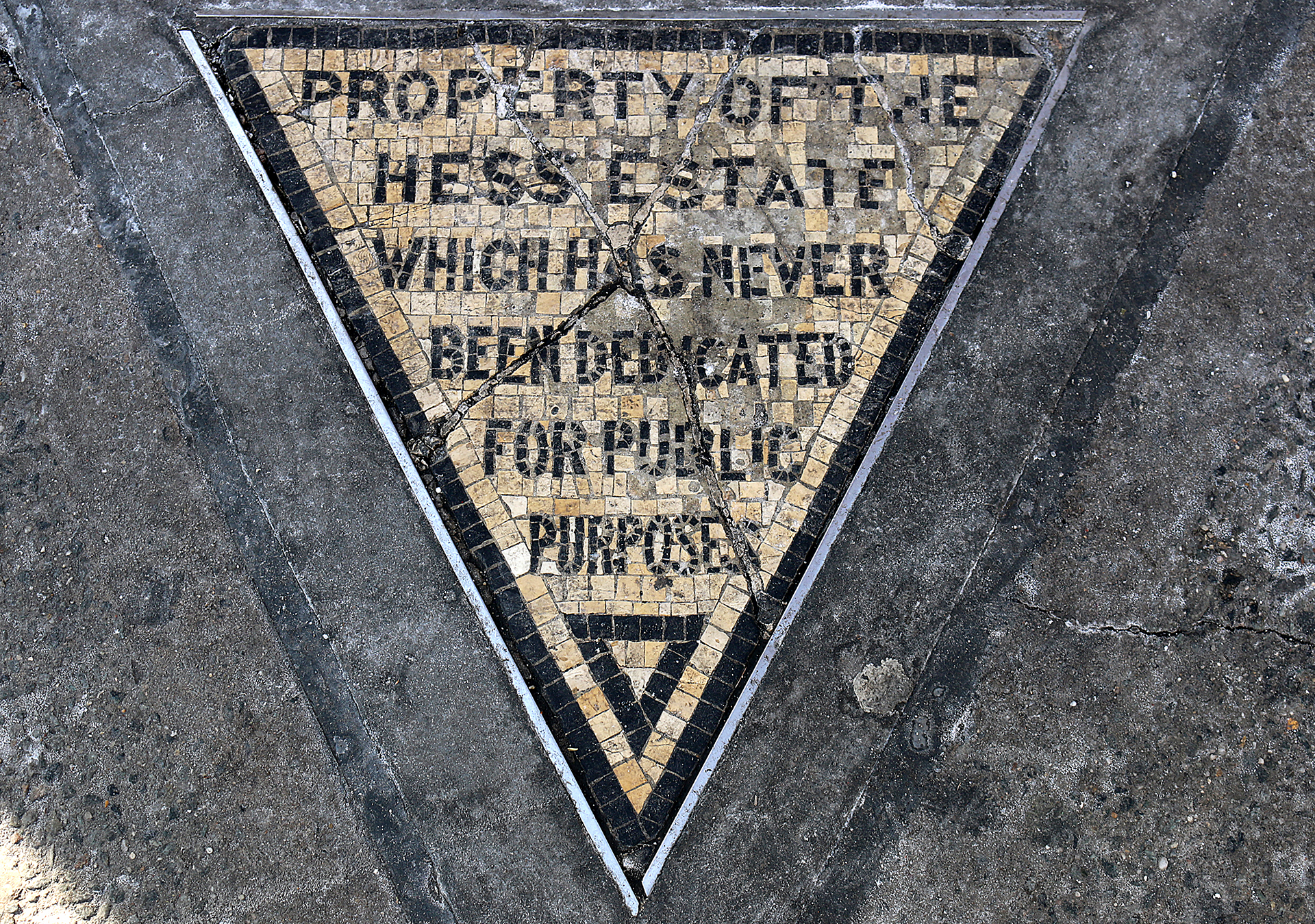
David Hess had the triangle covered with yellow and black mosaic tiles on Thursday, July 27, 1922 with the following statement displayed in all capital letters on it:
PROPERTY OF THE HESS ESTATE WHICH HAS NEVER BEEN DEDICATED FOR PUBLIC PURPOSES
Although pedestrians walk all over it, the triangular mosaic serves as a continual reminder that Hess was not easily intimidated or conquered. United Cigars purchased the triangle in front of the entrance to its store from the heirs of David Hess in 1938 for $1,000.00 — which is approximately equivalent to at least $21,302.00 today.
Oddly, Yeshiva University obtained the Village Cigar building and surrounding property — which included the Hess Triangle — until 1995, when the university sold both properties to the 70 Christopher Realty Corporation, which in turn rents the building to the cigar store.
The mosaic triangle remains on the corner of Seventh Avenue South and Christopher Street in front of what is now Village Cigars to this day.
Final Boarding Call
Although I researched the information of this article from numerous sources, some sources claim that David Hess died in 1907 — six years prior to the condemnation of the buildings on Seventh Avenue.
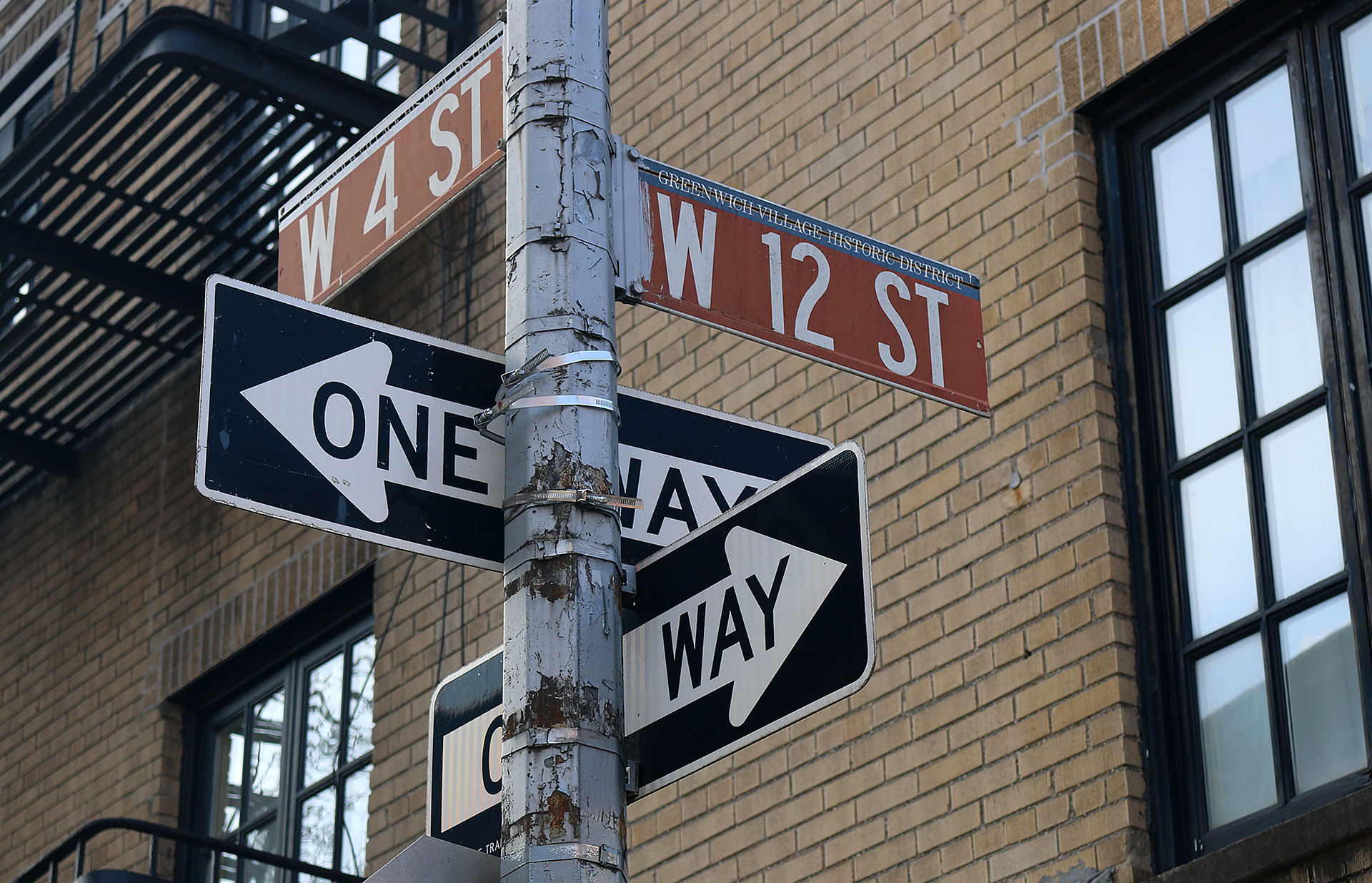
Regardless of a few contradictory anomalies of the history of the Hess Triangle, its story remains as an iconic symbol of the idiosyncratic street pattern which defines the Greenwich Village — that does not at all conform with the otherwise orderly street grid of the Commissioners’ Plan of 1811 — as shown by one of several street corners which baffled me as shown in the above photograph: what happened to the other seven streets between West 4 Street and West 12 Street?
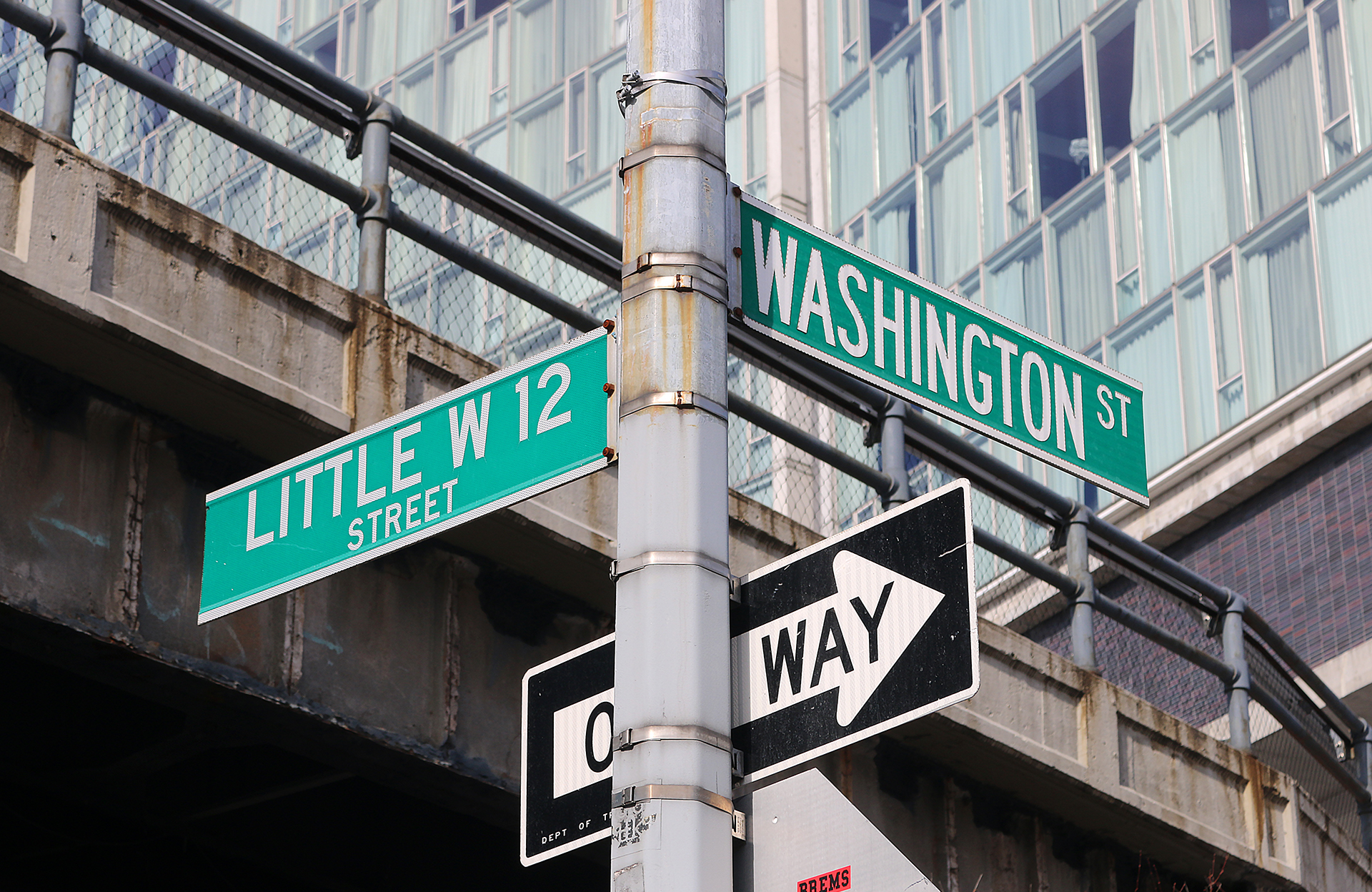
Also, what is up with Little West 12 Street? Is there a Tiny West 12 Street?
Talk about an unconventional naming for these streets.
This video includes additional information pertaining to Hess Triangle from the June 2022 Village Preservation program marking 100 years of its existence.
Hess Triangle
110 Seventh Avenue South
New York, New York 10014
No admission is charged to visit Hess Triangle.
Parking on the street is available near Hess Triangle; but pay close attention to the signs. You may need to pay for parking, depending on when you visit.
All photographs ©2025 by Brian Cohen.
